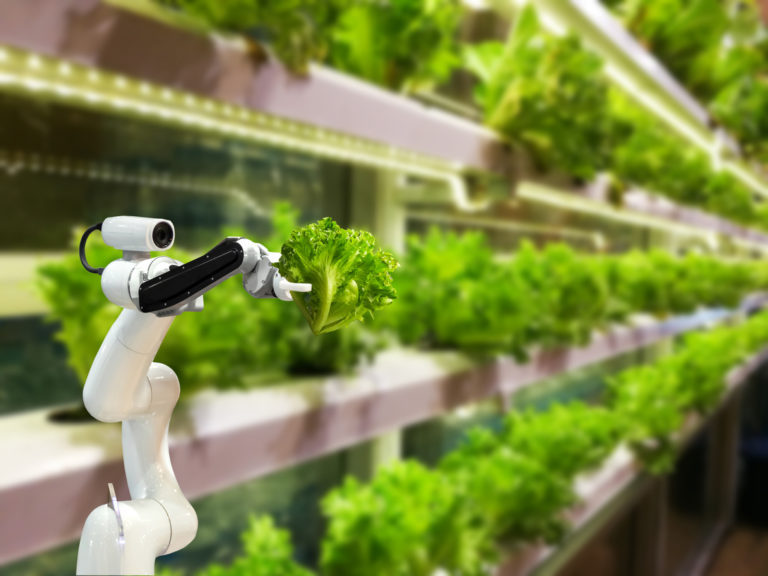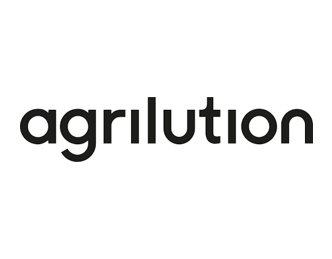123Fab #2
1 topic, 2 key figures, 3 startups to draw inspiration from

Country lockdowns should be seen as an opportunity to rethink industrial autonomy, especially in such fundamental sectors as agriculture. If feeding a world population that is expected to reach 9 billion people by 2050 is already a huge challenge — according to the FAO we need to increase our growing capacity by 70 percent — it is an even greater challenge in these times of closed borders.
Over the past 15 years, we have witnessed the development of new methods to grow food in unlikely places, without soil or sunlight: hydroponics (plants submerged in liquid solutions containing macro-nutrients), aquaponics (a combination of aquaculture and hydroponics) and aeroponics (plants are grown in an air or mist environment). These urban and vertical farms are not owned by farmers but often by VC-backed tech entrepreneurs who have decided to take advantage of the maturity of crucial technologies such as: LED lighting, computer vision for crop analysis and disease identification and automation & robotics.
As local agriculture has become an integral part of urban life, vertical and urban farms have shown unparalleled performance in terms of water savings (up to 95% less than traditional agriculture) and yield per square meter. However, the substantial initial costs, energy consumption and price per square meter maintain a veil of uncertainty about its sustainability. Japan was the first country to vastly adopt this technology in 2010, yet 60% of its 200 vertical farms are still operating at a loss.
But don’t be mistaken. Vertical and urban farming isn’t here to replace traditional farms — but to complement traditional agriculture by creating artifical arable land. In a context of diminshing returns and soil depletion, vertical and urban farming can relieve some of the stress of conventional farming by growing the most basic crops off the ground.
2 Key Figures
200 vertical and urban farming startups
listed worldwide (founded after 2004)
Today, most of the AgTech startups are building their own technology to increase the optimal use of vertical space, balance the use of energy and ease the monitoring and harvesting of crops.
Market size expected to reach $5.8bn by 2022
Markets & Markets estimates the industry to be worth $5.8 billion by 2022, with a 24.8% CAGR from 2019 onwards. Yet, the dynamic market represents a small share of the farming industry: $3bn vs $104bn for the US market in 2024.
3 startups to draw inspiration from
This week, we identified three startups that we can draw inspiration from: AeroFarms, Agrilution and Illumitex.

AeroFarms
The 15-year old US startup is one of the pioneers in indoor farming. To date, AeroFarms has raised $240M in capital and runs a 2,800 square meter farm in New Jersey.

Agrilution
The German startup was among the first to focus on high-end B2C vertical farming. The startup was recently acquired by Miele (leading manufacturer of premium domestic appliances).

Illumitex
The US startup used to specialize in LED lights for indoor and vertical farming. Recently, Illumitex shifted its focus to provide visualization and AI for controlled environment agriculture.
